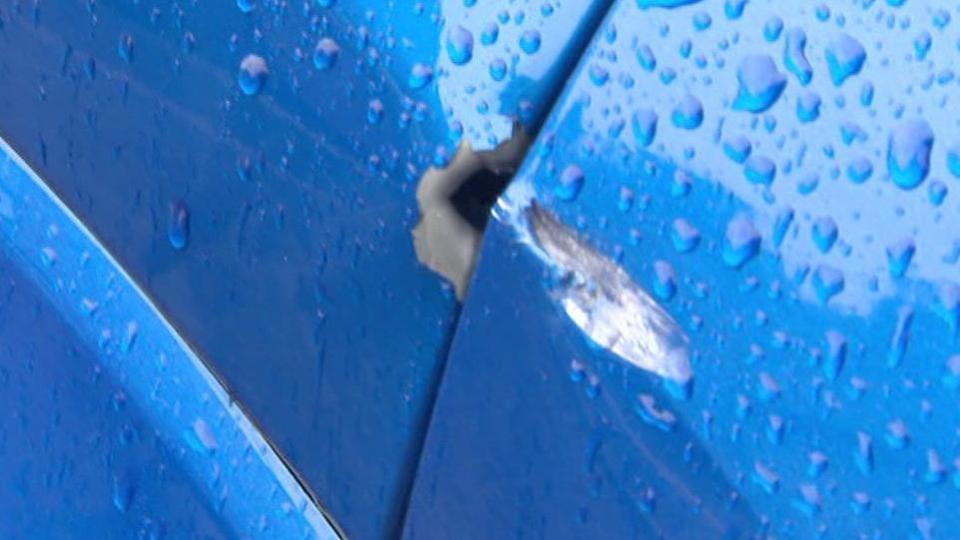Jun. 19—The city of Oneonta Common Council voted unanimously to accept a $142,777 grant for new in-car video and license plate readers systems for the city police department at its meeting Tuesday, June 18.
The grant is coming from the state Department of Criminal Justice Services as part of the Law Enforcement Technology program.
Oneonta Police Chief Christopher Witzenburg shared the details of the grant in a May 15 email to the Mayor Mark Drnek and the Common Council.
In the email, Witzenburg said that the department recognized that some of their current LPRs were not functioning. He said that police cars are equipped with Axon Fleet 2 cameras, and the grant would be used to fund the emerging Axon Fleet 3 cameras, which incorporate license plate recognition as an enhancement.
Axon also supports the police officers’ body-worn cameras.
Witzenburg added that that the fusion of the in-car cameras and LPRs will make the process more efficient while also creating more vehicle space for officers.
He said during Tuesday’s meeting that although the city police department has been using LPRs for about 20 years, the new fixed LPRs will be useful in a different way.
“If we’re looking for instance, for a stolen vehicle, we can search a database to see if it’s passed through continued ongoing investigations,” he said. “Let’s say there’s a narcotics distribution case where there’s identifiable license plates. We would be able to see when the vehicles come into the city and then they leave and maybe establish a pattern for a past crime.”
Civil liberties and privacy rights activists have stated that the public should be wary of LPRs, as the invasiveness of a surveillance system like license plate recognition has the potential for abuse.
Daniel Schwarz, New York Civil Liberties Union senior privacy and technology strategist, said June 18 that the level of invasiveness can be assessed based on two factors primarily — the retention period and the density.
“With the retention period, that basically means how long that data is being kept before it is deleted, and density meaning how many of those cameras are deployed and how fine grained that location data resolution is,” he said.
During the meeting, Elayne Mosher Campoli, D-First Ward, was the only council member to ask Witzenburg a follow-up question about the LRPs. She asked him to define fixed LPR assets.
There was no discussion about how the local data is stored nor if it is shared with other law enforcement agencies.
Schwarz said that the issue is that data can be collected over large periods of time, which eventually allows both government and private entities to track very personal details of people’s lives.
“I think it would be one thing if it was the local police department having complete control over collective data and only using it for narrowly defined purposes,” he said. “That is unfortunately very rarely the case.”
Schwarz said that this technology should only be deployed with strict guardrails to ensure there is no misuse and ensure that rights are protected.
Jillian McCarthy, staff writer, can be reached at jmccarthy@thedailystar.com or 607-441-7259.
Signup bonus from





